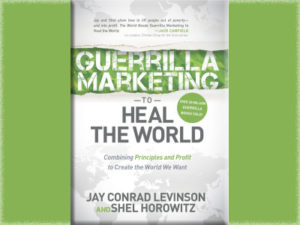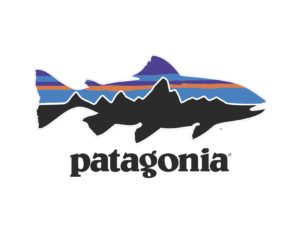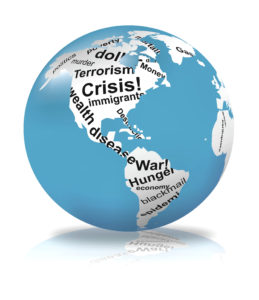How I Reinvented a 36-Year-Old Business
- Hired a remarkable business coach, Oshana Himot, who helped me see that I didn’t have to wait until certain metrics were in place before dong this work that’s been in my heart for decades—and that if I did wait, I’d never get there. She has also worked with me on role-playing sales conversations, etc., to the point where now I really am ready.
- Launched several new talk topics, including “‘Impossible’ is a Dare”—which I first gave as a TEDx in 2014; I’ve done it several times since, in longer (and once, shorter) formats. You can get a nice taste of it in my 4-minute demo video, if you’re interested: https://www.youtube.com/watch?v=tooSVbHQ5Ik&feature=youtu.be
- Wrote and found a publisher for my 10th book, Guerrilla Marketing to Heal the World, and went to press (a year ago) with about 50 endorsements, Chris among them—alongside Seth Godin, Jack Canfield, and guest essayists Cynthia Kersey (“Unstoppable”) and Frances Moore Lappé (Diet for a Small Planet). The book has won two small awards so far.

Cover of Guerrilla Marketing to Heal the World by Jay Conrad Levinson and Shel Horowitz - Organized a very ambitious telesummit (also in 2014) that flopped utterly and made me realize I was NOT ready to go after clients in this new niche—and began to do more work to get myself ready.
- Put up several websites to help me figure out where to put my energy: I had to develop https://transformpreneur.com and https://impactwithprofit.com before I figured out what I really wanted to say and to whom. The result is https://goingbeyondsustainability.com
- Determined that small businesses were probably my most likely clients, but that they were not likely to have the budget freedom. Thus, I chose to go after larger companies who might sponsor me to work with their clients, suppliers, NGO partners, etc. Bought a program on how to get sponsors and created a fabulous proposal, driven by benefits to the sponsoring company, that (hopefully) will get my hired to speak and consult.
- Created a list of ~200 companies I mention favorably in the book and hired someone to research the contact info.
- Hired a designer to develop a log.

This, I believe, is the future of Corporate Social Responsibility (CSR): fundamentally reinventing society to better serve the needs of its planet and its people, self-funding through profitable products and services.







